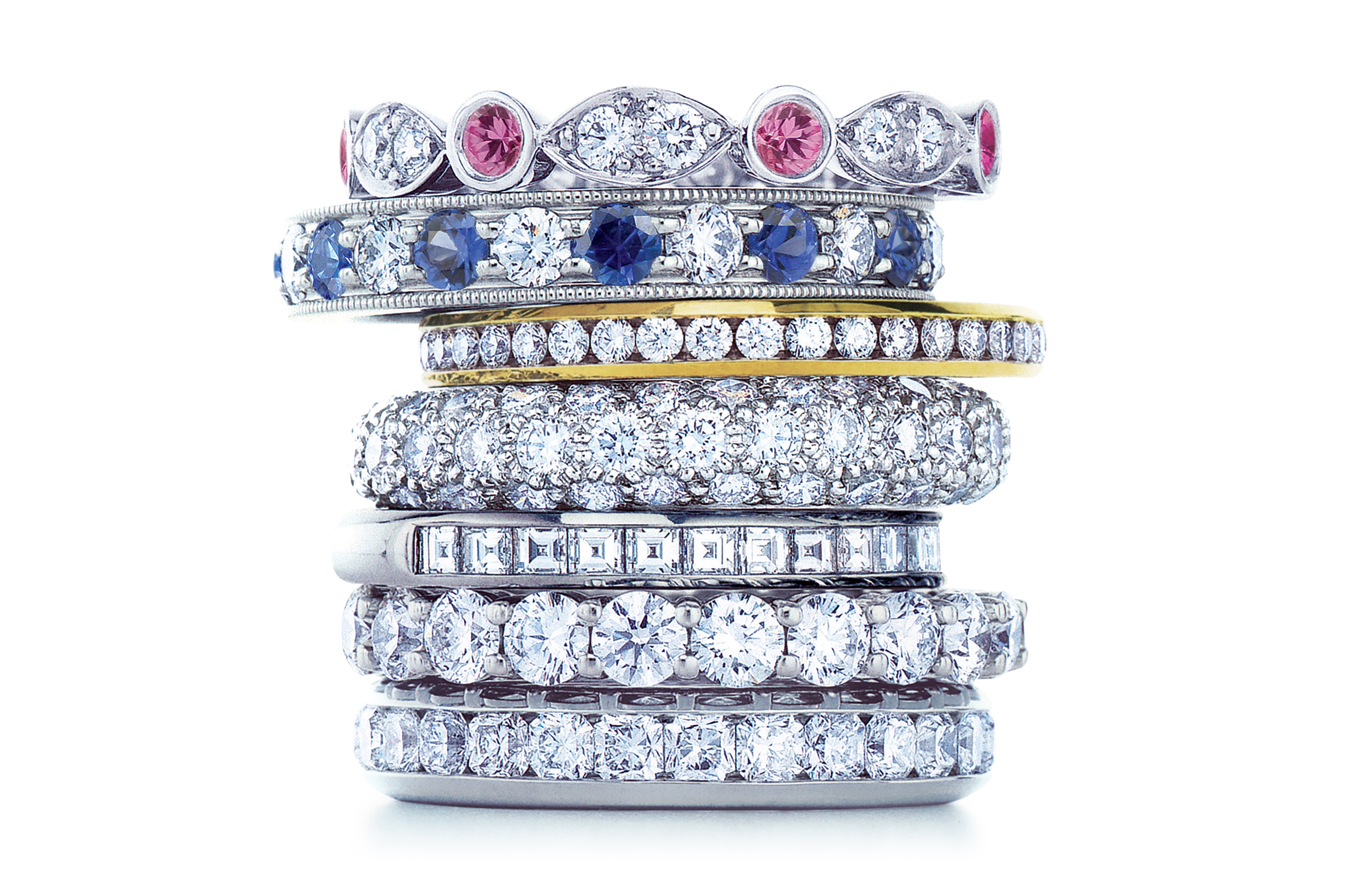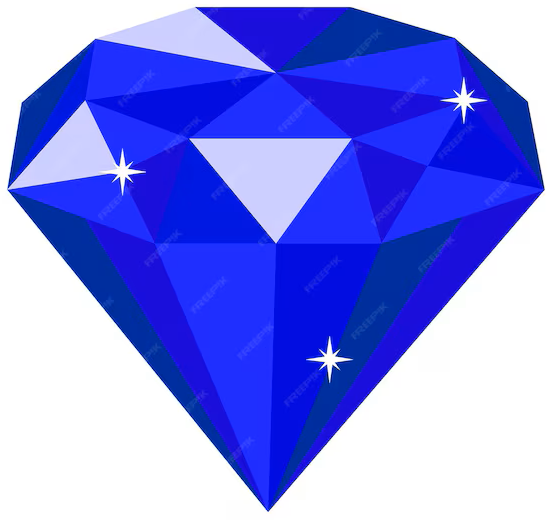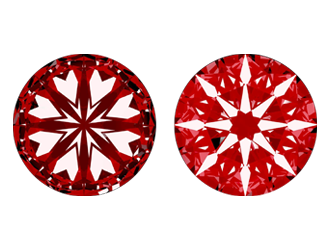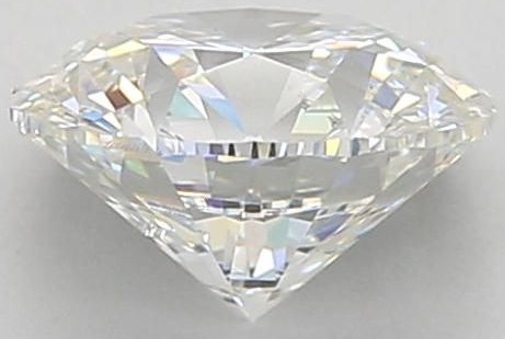0 of 0 Results

Lifetime Warranty

Hassle Free Returns

Free Resizing

Conflict Free Diamonds
FAQs about Gemstones Amethyst Jewelry
The birthstone for February is amethyst. Amethyst is a pink type of quartz and is often associated with characteristics which includes peace, courage, and balance. it's far believed by means of some to have calming and protective residences.
Amethyst is a pink kind of quartz, and its chemical composition is on the whole silicon dioxide (SiO2), that's similar to that of different quartz types. The purple color in amethyst is usually attributed to the presence of hint quantities of iron impurities inside the crystal lattice. similarly to silicon and oxygen, the chemical system for amethyst includes different elements like aluminum and iron. The precise shade and intensity can range, and the presence of positive impurities or defects inside the crystal shape can impact the coloration of red exhibited by using the amethyst.
natural amethyst is a pink type of quartz, and its color can range from faded lilac to deep red. The maximum treasured and prized coloration is a wealthy, reddish-pink with deep saturation. The color is due to the presence of iron and aluminum impurities in the crystal lattice of quartz. Amethyst can also showcase color zoning, where one of a kind shades of red are gift within the equal crystal. keep in mind that the precise color of pink can vary, and a few amethyst specimens may additionally have tips of purple or blue. warmth treatment can on occasion be implemented to decorate the shade of amethyst, however many amethyst gemstones in the marketplace are completely herbal in colour.
Amethyst, a spread of quartz, receives its purple color from the presence of iron and aluminum impurities inside the crystal lattice. The pink coloration can variety from faded lilac to deep violet, and it's far often attributed to the presence of iron ions, particularly Fe3+ (iron with a nice charge of +3). the exact system of the way amethyst acquires its color is not completely understood, however it is generally believed to involve the irradiation of colorless quartz containing hint quantities of iron. The irradiation may arise obviously over geological time or can be elevated through synthetic procedures in a laboratory. warmness treatment can also influence the shade of amethyst. as an instance, exposure to high temperatures can cause certain colour centers in the crystal to lose their electrons, ensuing in a exchange in color. but, in the case of amethyst, the heat treatment is normally used to decorate the prevailing shade instead of set off it. it's well worth noting that amethyst is simply one in all many colored sorts of quartz, and different impurities can provide rise to diverse hues in other quartz sorts.
Amethyst, that's a spread of quartz, has a Mohs hardness of seven. The Mohs scale of mineral hardness stages from 1 (the softest) to ten (the hardest), with 7 being noticeably tough. which means amethyst is more difficult than many common substances however can still be scratched through tougher substances.






















































